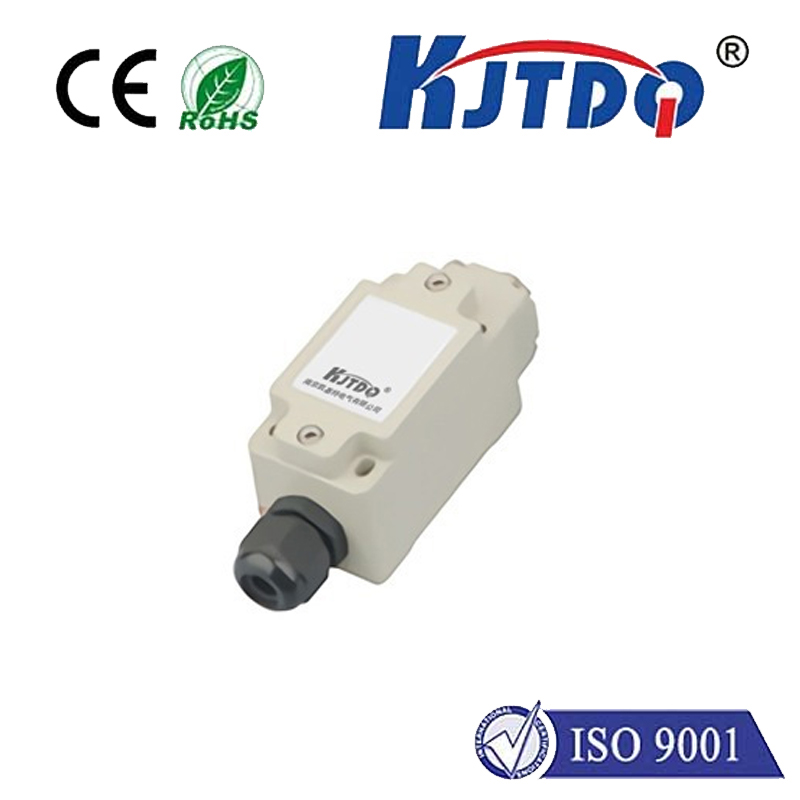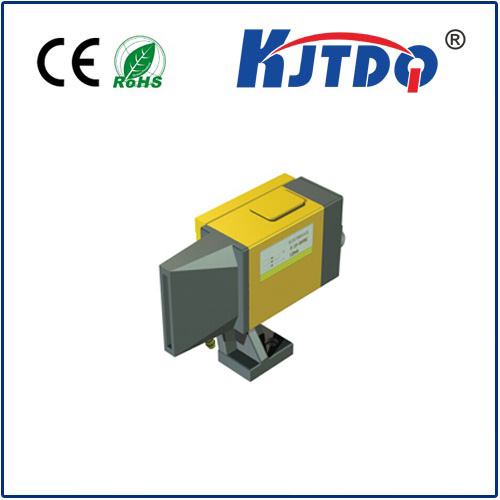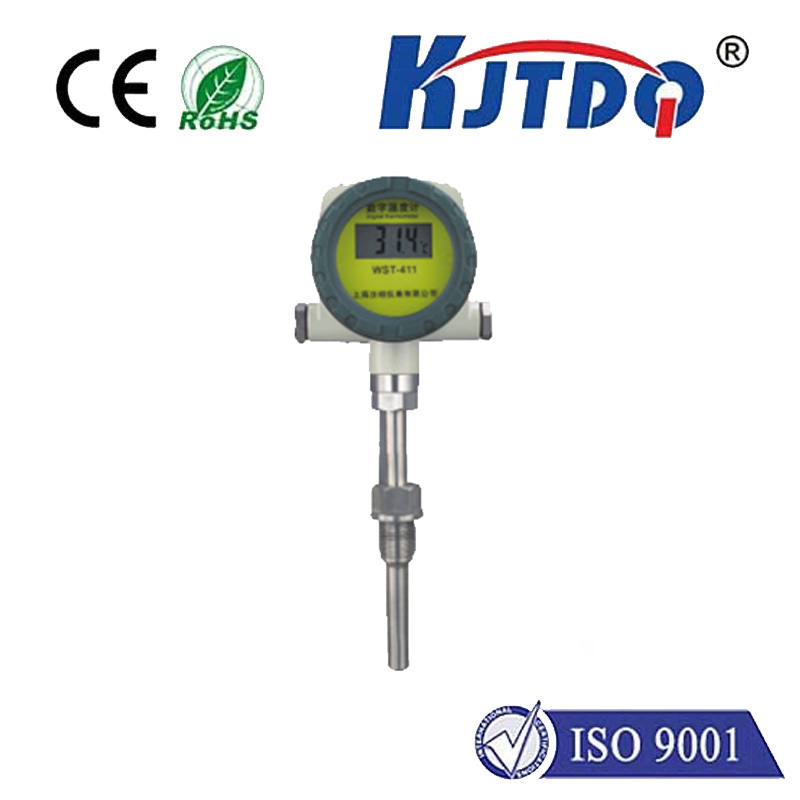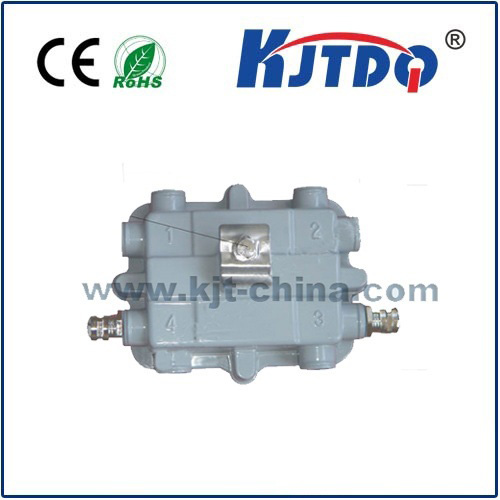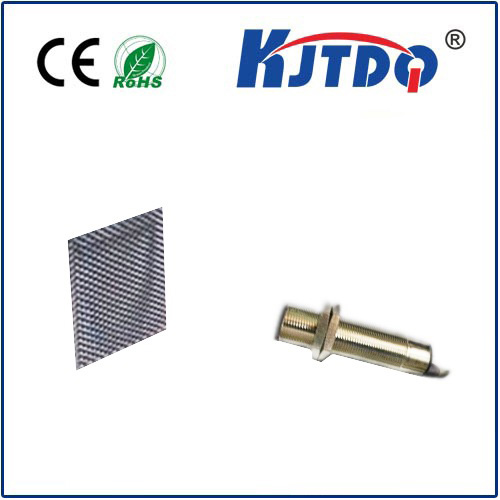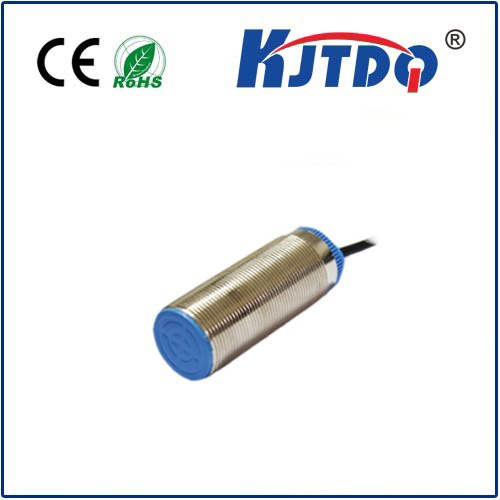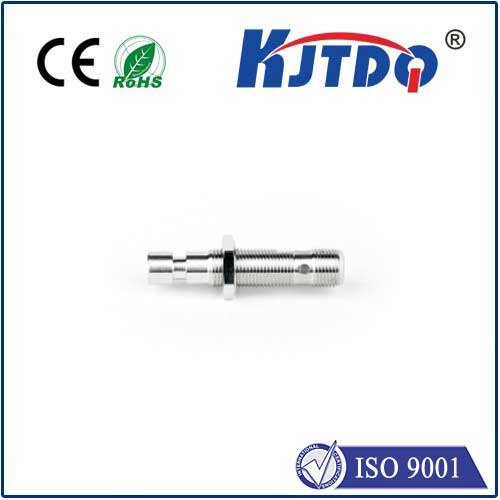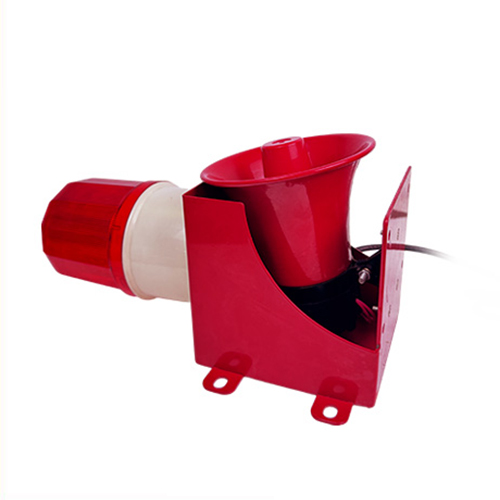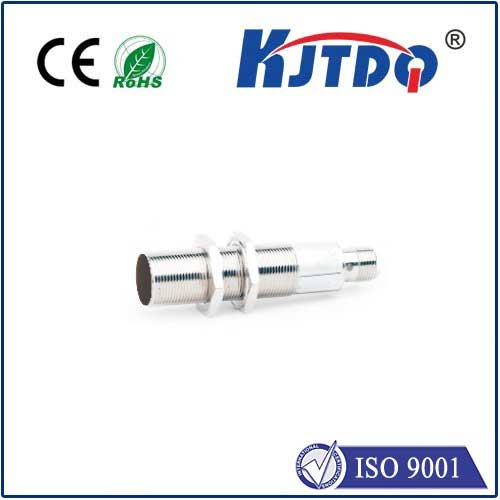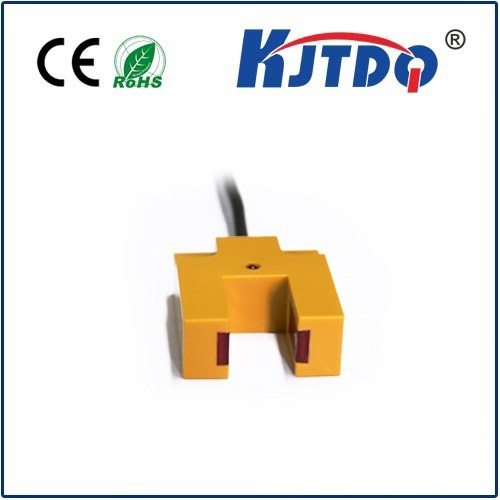

check

check

check

check

check

check

check

check

check

check
Title: Understanding Safety Rated Limit Switch and Its Importance in Industrial Applications
Introduction
Safety rated limit switches are critical components found in various industrial applications, such as control systems, power distribution, and automation. These devices serve as a fail-safe mechanism that ensures the safe operation of equipment and prevents accidents by limiting or preventing the movement of mechanical components beyond a specified point. This article aims to provide an overview of safety rated limit switches, their working principle, importance, and types commonly used in industrial settings.
Section 1: Working Principle of Safety Rated Limit Switches
A safety rated limit switch is a type of electrical switch that consists of two moving parts: a contact and a spring. When the contact is brought into contact with the operator or the circuit, it closes the switch and provides a signal to the control system. The spring then pushes the contact back out of its initial position, opening the switch and releasing the control signal. This process continues until the switch is manually opened or reaches its maximum travel distance, at which point it will not move further.
Section 2: Importance of Safety Rated Limit Switches in Industrial Applications
In industrial settings, safety rated limit switches play a crucial role in ensuring the safe and efficient operation of equipment. They serve as a reliable safeguard against unexpected movements or malfunctions that could result in damage to machinery, hazardous energy discharges, or injury to personnel. By detecting and preventing excessive motion, these switches help prevent costly repairs, downtime, and replacement costs associated with equipment failure. Furthermore, they enhance overall workplace safety by providing an early warning signal for potential hazards and allowing operators to take timely action to mitigate any risks.
Section 3: Types of Safety Rated Limit Switches
There are several types of safety rated limit switches available in the market, each tailored to specific application requirements. Some of the most common types include:
a) Manual Limit Switches: These are simple switches that require manual activation to open or close. They are ideal for applications where minimal effort is required to operate the device, such as small appliances or test equipment.
b) Electric Limit Switches: Electric limit switches use an electric current to activate or deactivate the contact. They are commonly used in heavy-duty industrial applications where precise control over motion is essential.
c) Mechanical Limit Switches: Mechanical limit switches are similar to manual switches but use a mechanical mechanism, such as a spring or lever, to open and close the contact. They are suitable for applications where low maintenance requirements and high reliability are paramount.
d) Microswitches: Microswitches are smaller and more compact versions of traditional limit switches. They offer precise control over motion and are suitable for applications where space is limited. Microswitches can be operated manually or remotely via a control system.
Conclusion
Safety rated limit switches are indispensable components in ensuring safe and efficient operations in industrial settings. They offer reliable protection against excessive motion and provide early warning signals for potential hazards. By selecting the right type of limit switch based on the specific application requirements, businesses can optimize equipment performance, reduce costs, and improve workplace safety.
